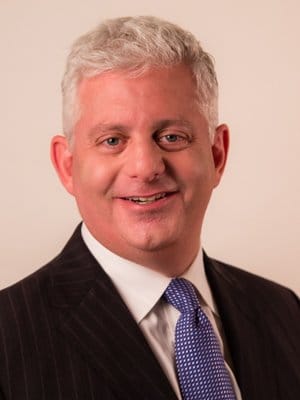
Elle Aesthetic Arts & Plastic Surgery
21021 Sycolin Road
Suite 100
Ashburn, VA 20147

More Beauty Skin Care & Gorgeous Smiles Articles
Do I Need a Lift?
Breast rejuvenation is one of the most common consultation requests in most plastic surgery practices, but it also seems to be the source of great confusion. Many women think that a breast implant will lift their breasts, while others believe that a breast lift will provide a full upper breast and improved cleavage. It has been my experience that many prospective patients present requesting a certain procedure, but to achieve their goals they require a different operation.
Consider Moms. They have likely experienced significant body changes, with great fluctuation in weight due to pregnancy and family life. They may have had one child or many more, and they may have nursed their infants. As the years pass, environmental exposures such as sun or tobacco may affect skin elasticity, and their genetic tree may also exert an influence, even with early signs of aging. All of these factors influence breast shape and size, as they may impact that quality and volume of glandular tissue, the amount of fatty tissue in the breast, and the condition of the skin envelope. The most common complaints of these patients are a flat upper chest, loss of breast tissue, and drooping of the breast over the fold.
So what procedure is the right one to achieve a youthful looking breast? The simple answer is it depends on how the breast has developed and how it has changed with age.
A breast lift, or “mastopexy” is designed to address breast descent, and is the ideal procedure for a woman with sufficient breast tissue, who likes her size in a bra, but has noticed that her breast rests low on the chest wall and her nipple position has dropped. These patients have a mismatch between the amount of skin and the amount of gland. There are many different methods to perform a breast lift, but they all involve reshaping and remodeling the glandular tissue so that it will not descend below the breast fold and reducing the size of the skin envelope. As a result, the breast rests above where it enters the chest wall, and the nipple and areola have been positioned higher, central on the breast mound.
Breast augmentation, on the other hand, places an implant either beneath the breast gland or partly beneath the pectoralis muscle. Consequently, breast volume is increased, the upper pole of the breast is fuller and rounder, and cleavage is improved. If the breast is sagging, and most of the gland rests at or below the inframammary fold, augmentation will not raise the breast above the crease. The implant will sit high on the chest wall, and the breast gland will hang off of the implant. The low nipple position would persist not ideal.
So, a patient with a youthful breast shape that wants a larger cup size, more prominence of the breast on the upper chest wall, and better cleavage, is a great candidate for an augmentation. A woman with preserved breast volume and maintenance of tissue on the upper chest wall, but with stretching of the skin and descent of the gland over the fold, is likely an ideal candidate for a breast lift.
Finally, consider the Mom from the earlier example, who complains of loss of volume, cleavage, and drooping. She may be best treated with an augmentation and a lift, even if it is a small implant placed more for shape than for volume. If you have more questions about breast rejuvenation or are considering surgery, please visit a board certified plastic surgeon for a personal consultation.
Other Articles You May Find of Interest...
- Rejuvenate Your Skin: How Cutting-Edge Science Transforms Personalized Skincare
- Five Options for an Improved Neck Contour
- Can You Benefit From Braces?
- Exploring the Safety and Effectiveness of CoolSculpting Treatments
- How to Prepare for Your Visit to the Dermatologist
- What’s the Right Age To Have Cosmetic Surgery?
- Unlocking Timeless Beauty: How Beauty and Skin Care Services Can Transform Your Senior Years

















